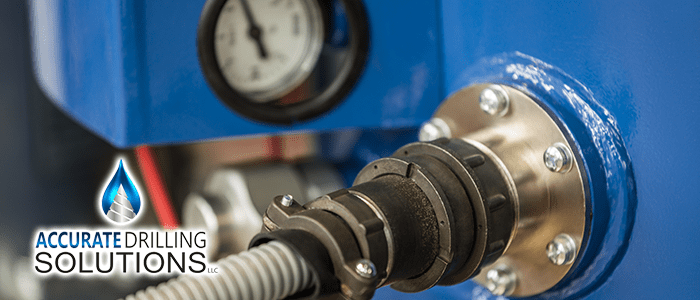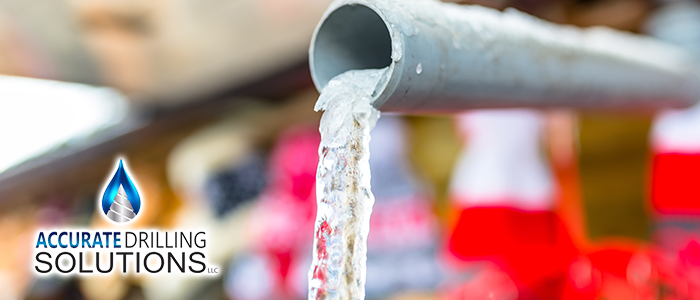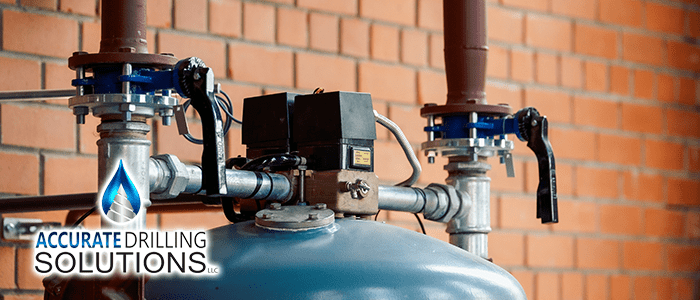
Many homes and businesses in Florida get their drinking water from private wells. However, the state does not regulate private wells like municipal water. This means that for some people there is a concern as to the safety of well water. Even if the well water has a safe certification in the past, there is always a concern that it becomes contaminated. Below are some ways to purify well water. If you purify well water, it ensures that your drinking water is safe for you and your family.
Is Well Water Safe?
For the most part, well water is completely safe to drink. If well experts build your well to industry standards and you regularly maintenance it, then yes, the water is safe. With that said, however, there is always the potential for the groundwater to become contaminated. There are plenty of preventative measures to take to ensure your private well remains free from contamination. However, there is never a guarantee. As a result, we will focus on measures a person can take to further purify their well water.
A Filtration System
A filtration system is the most common way to ensure well water is clean. A filtration system can be integrated as part of the infrastructure by connecting it to the waterline. The advantage of a filtration system is that it does not alter the taste, smell, or look of the water. However, homeowners also need to maintenance a filtration system.
Disinfect The Water
Water can be disinfected through the use of bleach or chlorine. These chemicals are the most common means of disinfecting water by municipalities since they are effective in not only killing bacteria and parasites but also viruses as well. An advantage of disinfecting with bleach or chlorine is that it is one of the most cost-effective ways to disinfect water. The disadvantage is that there is a wait time that must be ensured to allow for the chemicals to effectively disinfect. Additionally, the chemicals may alter the smell and taste of the water and not make it pleasant to consume. It is often recommended to disinfect water in conjunction with a filtration system.
Reverse Osmosis Purification
Reverse Osmosis Purification is a form of purification where water is changed from a concentrated solution to a less concentrated solution. In the process of changing the concentration, harmful bacteria, parasites, viruses, and metals are removed from the final product. Reverse osmosis has been the favored form of water purification for bottling companies. There is also a perceived improvement in taste from water than has undergone the reverse osmosis process. Although reverse osmosis systems have been built for home usage, it is costly to install and requires a lot of maintenance. It might further make it cost-prohibitive for some people.
Ultra Violet Light & Purification
Ultra Violet Light or UV Light is another form of purification. UV Purification uses a high frequency of ultraviolet light to kill all the bacteria, parasites, and viruses found in water while at the same time leaving the taste and smell of the water unchanged. UV Purification has shown to be more effective in purifying water than chlorine or bleach that it has become the standard method for many municipalities. The advantage of UV purification is that it is very effective and it is rapid. The disadvantage of UV purification is that it is a costly process that requires a lot of maintenance and does not remove metals found in water that can be harmful to humans to consume such as lead.
Boiling Water
Boiling water is perhaps the oldest and most tested method of purifying water. It is very effective in killing all bacteria, parasites, and viruses found in water. It is perhaps the cheapest method to purifying water and can be done almost anywhere and by anyone. With that said, this method is also the slowest and will slightly alter the taste of the water. Depending on the source of the water, you might need to be filter it before boiling, if for example, the water is cloudy or muddy.
continue reading
Related Posts
Lakeland Commercial Pump Systems: Installation & Maintenance Tips Commercial pump
Tampa Well Water Quality: Your Complete 2025 Guide Well water
Addressing Water Pressure Issues in Wells: Expert Solutions Water pressure





